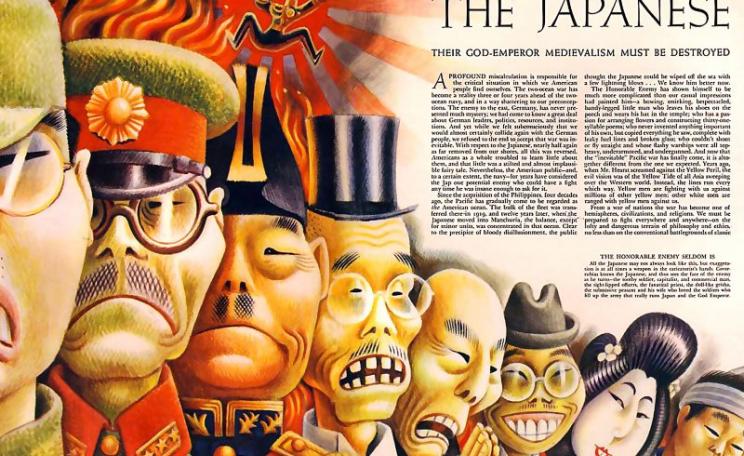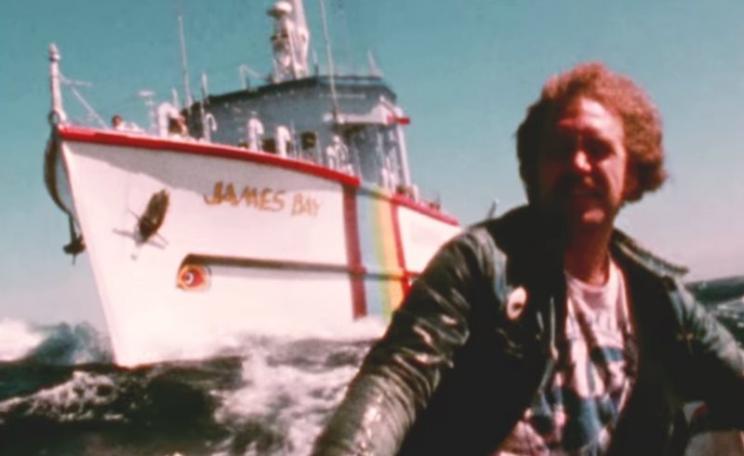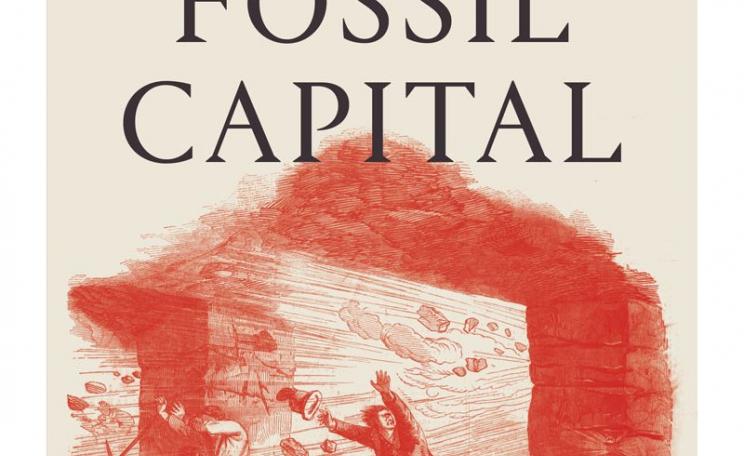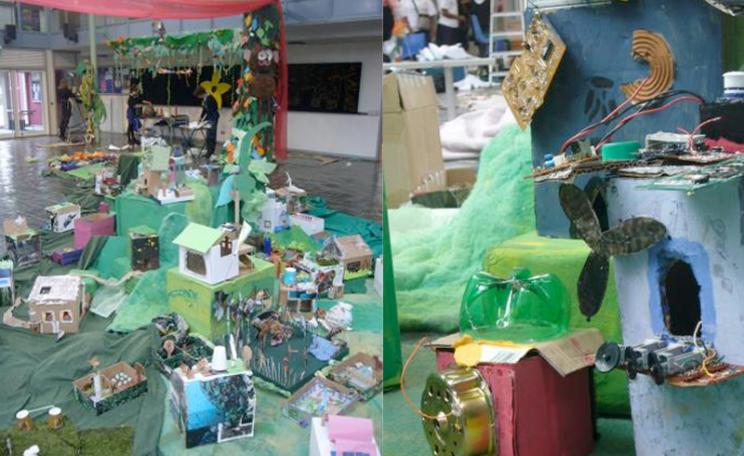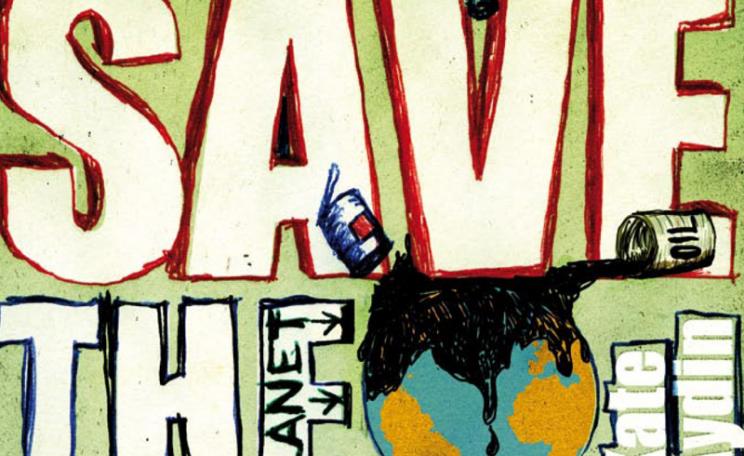'It is absolutely vital that each of us consider the years to come, so that we are more prepared to prevent, anticipate and cope with that which may occur,' reads the press information for the Drivers of Change programme, developed by Dr Chris Luebkeman of the engineering consultancy Arup.
Drivers of Change is a staggering collection of information covering almost every imaginable issue, all presented in neat flash cards, categorised by broad topic, and arranged in a colourful and inviting box.
What the exact point of the cards is may seem a little baffling, reflected by its month-long residency in the Ecologist’s office before some brave soul took them on. Allow me to attempt to explain.
The 175 cards are each headlined by a question, for example: ‘How effective is aid?’; ‘How many worlds will an urban future need?’; or, ‘Why do you not drink tap water?’ Each card has been categorised first by one of seven topics – energy, waste, climate change, water, demographics, urbanisation, poverty – and then by the sub-categories of the issue: social, technological, economic, environmental or political. All are fully colour-coded.
On the front of each card is a pertinent photograph, a clue to the issue behind the question, and a ‘factoid’ statistic to introduce the issue. On the reverse comes the real detail surrounding the issue, laid out in cold hard facts, accompanied by illustrative graphs and charts.
We are told that the main intention of the cards is to provoke thought and discussion, to make the reader question his or her own life and situation, and put issues into a globally relative context. Certainly, they're not coffee-table-ware: the cards would, on the whole, make pretty grim reading for most of us. Perusing a card a day could result in six months of depression. But in the context of education, discussion or brainstorming groups they make perfect sense.
For students, they are a huge directory of very current and hot topics which could inspire in-depth research, inquisitive learning and perhaps even suggestions of solutions.
At the level of companies, the cards could be used to prompt changes in policies employed by the company which have a direct impact on the issue (quite literally) in hand.
The questions posed are often uncomfortable, and will undoubtedly force many readers to examine aspects of their lives. Many are highly relevant to environmental issues, the rest to social and economic, and most make startling reading, although one worries that the statistics will fast become outdated.
The questions used were compiled through exhaustive research via dozens of workshops held across the world. People were asked a series of questions and, although their answers reflected spatial, temporal and cultural differences, certain issues emerged repeatedly in all parts of the world. Deeper research into these critical issues then teased out the topics presented in the box.
Finally, accompanying the cards is a chunky booklet that sets out the research process, lists one-per-page the questions that led to the first set of cards in 2006, and a host of suggestions of how to make use of the cards to spark discussion and discovery.
Luebkeman is keen to stress that the cards are not static: he hopes that users will change, add to and develop the concept so that it will continue to evolve.
'The challenges we are facing globally are huge. The only way to meet them is to face them head on and think systemically and creatively,' he told us.
The fact that this box sat in the office for so long before we approached it reflects a common attitude to information: we expect it to come packaged, bound between cover leaves, to be consumed passively at our leisure. We often don't like to be asked to think too hard. These cards cross that boundary, and, in doing so, they offer real potential to inspire, and encourage, change.
Drivers of Change is published by Arup and Prestel Publishing (RRP £40.00)


